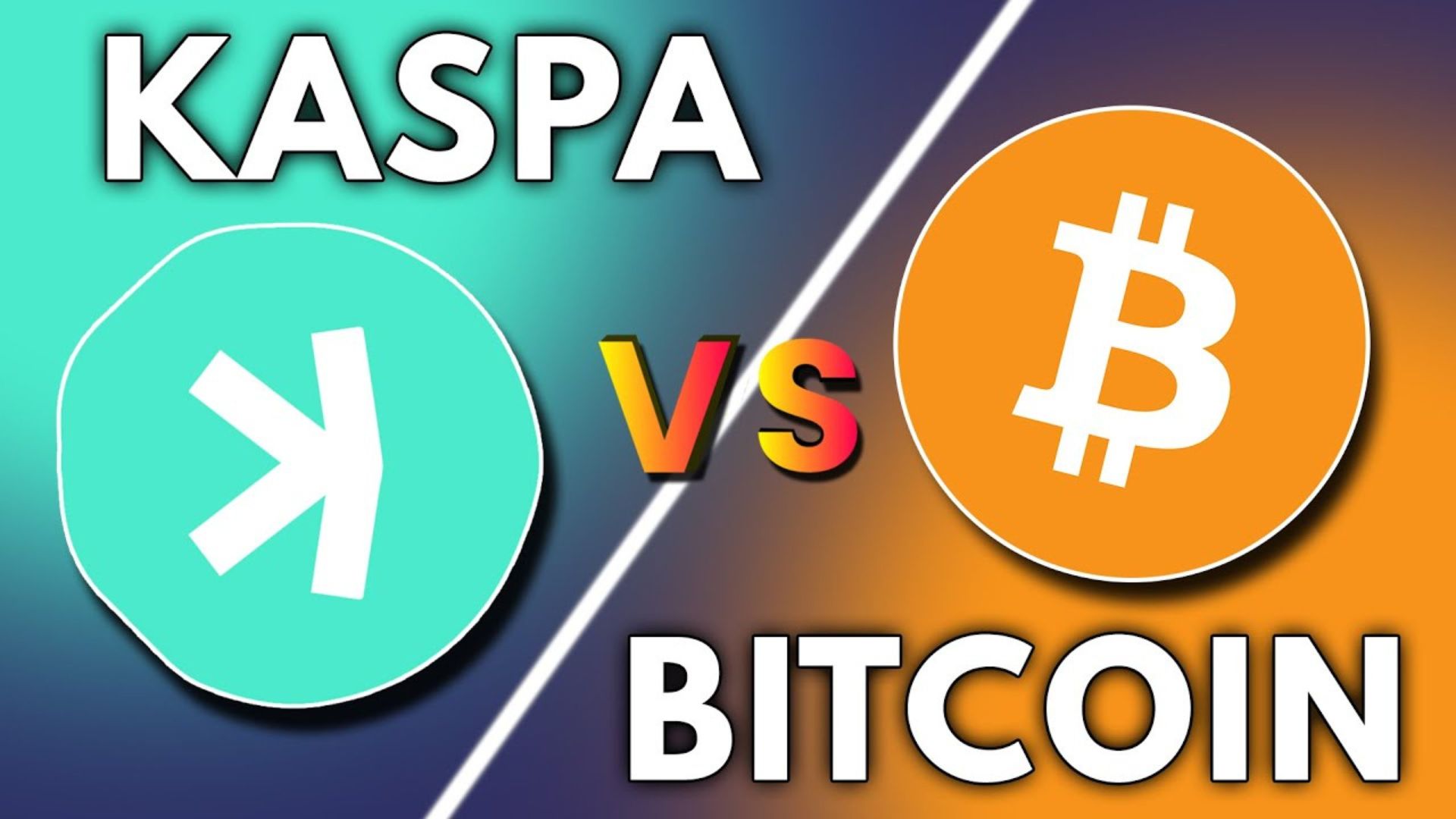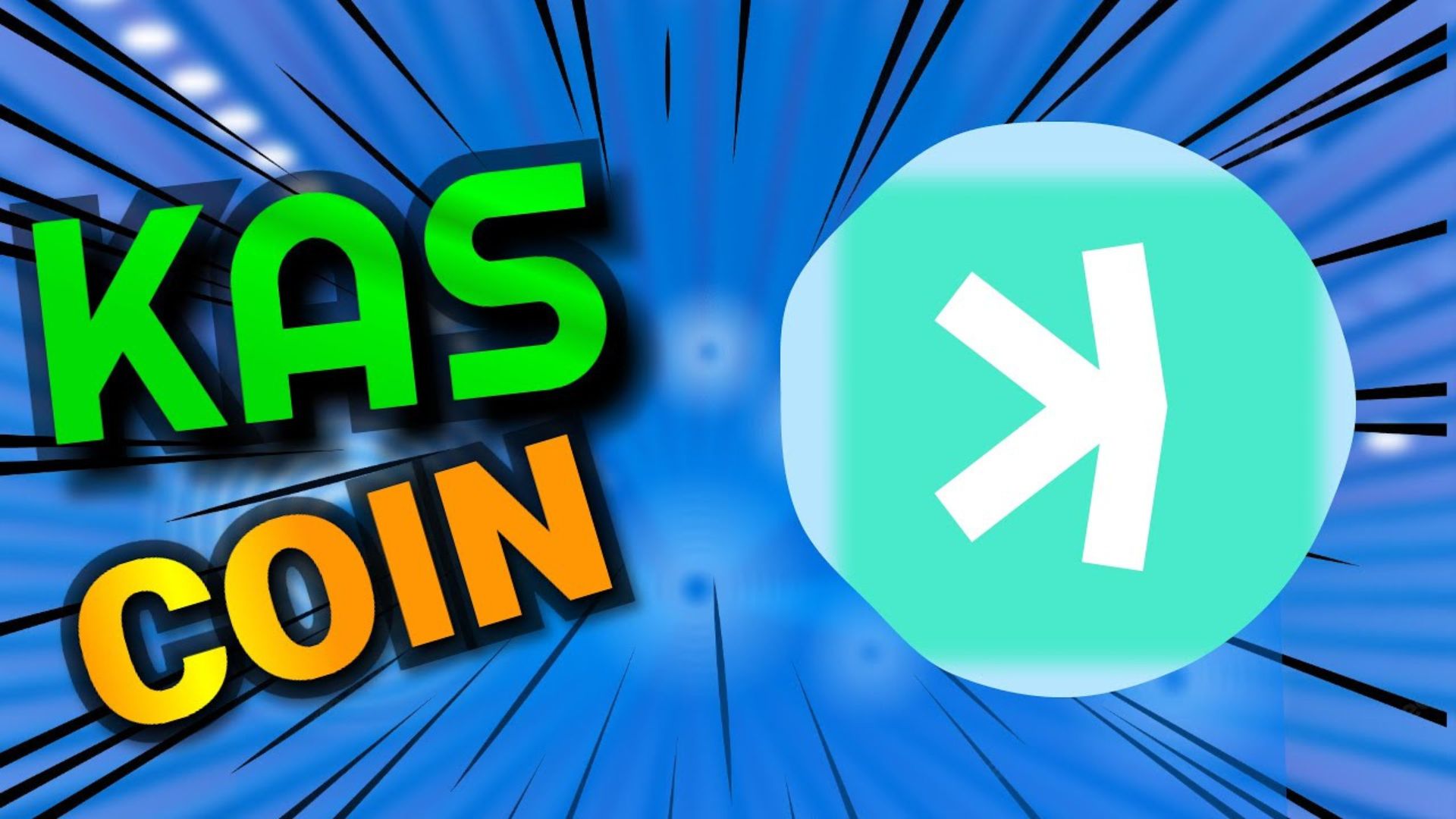The Founder And The Team Behind The Kaspa (KAS) Network
Yonatan Sompolinsky, a Maximal Extractable Value (MEV) research team member and a Ph.D. in Computer Science at Harvard University, founded Kaspa. Along with rumors that he was in Ripple’s whitepaper, he was also in Ethereum’s. As the creator of the GHOSTDAG protocol, Sompolinsky was directly involved in developing Ethereum’s technical architecture. Oddly enough, Ethereum’s whitepaper references the founder’s 2013 paper on the GHOSTDAG system.
Members of the development team include the brilliant Elichai Turkel, Shai Wyborski (a doctoral student), Ori Newman (a developer), Michael Sutton (a master of computer science), and Mike Zak (a developer). They have all played a part in getting the Kaspa blockchain network up and running and keeping it that way.
Differences And Similarities Between Kaspa (KAS) And Bitcoin (BTC)
 Differences And Similarities Between Kaspa (KAS) And Bitcoin (BTC)
Differences And Similarities Between Kaspa (KAS) And Bitcoin (BTC)
Born from the ground up, Kaspa’s technology is structurally identical to the Bitcoin network. What follows is an outline of a few of these similarities:
- Utility: Bitcoin is a Layer 1 blockchain solution that functions as a store of value, often called digital gold, functioning as a peer-to-peer cryptocurrency. Similarly, Kaspa is a Layer 1 solution that aims to serve as both a medium of exchange and a medium of storage for value.
- Limited Total supply: Bitcoin has a maximum total supply of 21 million BTC to be ever mined, meaning new coins can never be created after all these coins are mined. Similarly, Kaspa has a maximum total supply of 28.7 billion coins, with a little over 22.5 billion in circulation.
- Halving Events: Both Kaspa and Bitcoin undergo halving, which slashes the block rewards for miners in half. However, while Bitcoin undergoes a halving event every four years, Kaspa uses a Chromatic Halving Schedule, “meaning that rewards smoothly decrease every month in a quantitative manner that results in a 50% emission reduction per annum,” according to its website.
- Decentralization/Proof of work: Both blockchains employ a decentralized proof of work mechanism, meaning that the network is secured by miners who solve complex mathematical equations to mine blocks and confirm transactions. Unfortunately, this also means that both networks are energy-intensive and require a lot of power to run.
The fact that Kaspa addresses Bitcoin’s ongoing scalability problem is a key differentiator between the two networks. Although both networks employ a proof-of-work mechanism, Kaspa can complete transactions faster and with lower fees.
How Does Kaspa The Blockchain Solve Trilemma Issues?
When discussing blockchain technology, the “Blockchain Trilemma” describes the three most important features: decentralization, scalability, and security. Even now, prominent blockchains like Bitcoin and Ethereum are still fighting this trilemma. This is because scalability was sacrificed in both instances to guarantee decentralization and security. Nevertheless, Kaspa stands out from the crowd as a decentralized, scalable, and secure blockchain that manages to overcome the blockchain trilemma. By using proof-of-work (PoW) and the blockDAG structure, it resolves the blockchain trilemma problems.
How Does The Kaspa GhostDAG Protocol Work?
The term “blockchain” comes from the fact that most blockchains use blocks to process transactions digitally. On the other hand, Kaspa departs from this since it does not employ blocks to store digital transactions. Rather, it accomplishes this using a directed acyclic graph, a complicated mathematical structure. Instead of blocks, a Directed Acyclic Graph (DAG) has vertices. As a result, we no longer talk about units forming blocks but about edges formed by connected vertices. After that, subsequent transactions are validated and confirmed by the blockchain based on the present transactions.
Because it does not remove older data blocks, Kaspa is more secure and easier to scale. Its mining is based on kHeavyHash, an optical mining algorithm that doesn’t waste energy and is compatible with GPUs and FPGAs.
Prominent Features Of Kaspa (KAS)
 Prominent Features Of Kaspa (KAS)
Prominent Features Of Kaspa (KAS)
- Efficient Proof of Wook: Kaspa is the only blockchain that solved the trilemma while retaining Proof of Work. Blockchains like Ethereum have switched from PoW to PoS to address scalability issues and speed up. Kaspa is scalable and decentralized after solving the blockchain trilemma. The optically-mining-ready kHeavyHash algorithm enhances network security and consensus.
- Instant Transaction Confirmation: Kaspa was designed to be cheaper and faster than Bitcoin, where full transaction confirmation takes an average of 10 seconds, with each transaction visible to the network in one second. In contrast to Bitcoin, which confirms a transaction in 10 minutes, this is an important distinction.
- Security: Kaspa went above and beyond what Bitcoin did by using kHeavyHash as its PoW encryption instead of SHA-256 while still retaining all of SHA-256’s security features. Therefore, like Bitcoin, its network is still protected by a strong network of decentralized volunteers (miners) who verify and authenticate transactions.
- Cheaper Fees: The Kaspa Blockchain network is far more cost-effective than Bitcoin and verifies transactions faster. Bitcoin only creates a single block every ten minutes, but the blockDAG network produces numerous blocks every second for adding transactions to the ledger. At the time of publication, Bitcoin transaction fees averaged $4, while Kaspa fees were less than a cent.
- Scalability: As indicated before, Kaspa’s blocked network can produce and validate several blocks every second, eliminating scaling problems. Kaspa is intriguing because it maintains its decentralized nature while confirming many blocks (vertices) each second.
What Is KAS Coin And What Are Its Uses?
The Kaspa blockchain’s native currency, the KAS coin, is the network’s energy source. It serves as a reward for miners and an incentive for developers to pay for transactions and other costs. It offers profitable mining with lower hash rate requirements than Bitcoin and has fast block speeds, which promise fast returns.
The Tokenomics of Kaspa (KAS)
The native cryptocurrency of Kaspa, KAS, has a maximum supply of 28.7 billion coins. In this case, the whole token supply has been freely mined on the blockchain. There are 22.5 billion KAS coins in circulation as of publication, and according to the current halving model, the last coin will be mined in 2037.
Due to the open crowdfunding and voting governance model used by the Kaspa network, holders of KAS can contribute to the network for various purposes such as development, marketing, education, etc. The community is likelier to work together and achieve its goals when everyone has a stake in them.
KAS Price History And Progress
 KAS Price History And Progress
KAS Price History And Progress
The mainnet and token for Kaspa were released two years ago, on November 7, 2021. Its native token, KAS, rose from $0.0001840 to $0.0005890 in July 2022 after initially remaining flat. It remained flat for a while before launching another surge, which resulted in a 694 percent price increase. As a result, within a year of its inception in November 2022, the price of KAS increased to about $0.01 per coin. In 2023, the price dropped somewhat, and each coin started trading for $0.005278. Two years after its introduction, in November 2023, KAS reached a new all-time high of $0.154.
Coingecko reports that since May 26, 2022, when Kaspa (KAS) hit an all-time low of $0.00017105, the price has increased by 61,331%. This is noteworthy since the coin’s outperformance relative to the crypto market occurred during a severe bear market when its value surged to new all-time highs. Because of its rapid surge in value, some Kaspa enthusiasts label the cryptocurrency “Bitcoin 2.0” or “The next Bitcoin.” People think it will replace Bitcoin because it is similar to Bitcoin. Kaspa is the seventh largest Proof of Work (PoW) blockchain and the 38th largest cryptocurrency in the space, with a market valuation of $2.38 billion.
Conclusion
Kaspa (KAS) has a leg up on other blockchains like Bitcoin since it solves the blockchain trilemma while being decentralized and scalable. Important use cases for its native KAS coin include funding the whole Kaspa blockchain infrastructure and paying for transactions. Because of this, the coin demand for the coin will never go down, even as the Kaspa network becomes more popular.
Its strong network of decentralized volunteers (miners) who verify and sign transactions, along with its fast transactions and top-notch security (thanks to kHeavyHash encryption), makes it an attractive alternative to Bitcoin for investors who value security and decentralization.
































